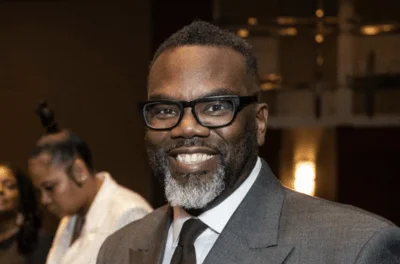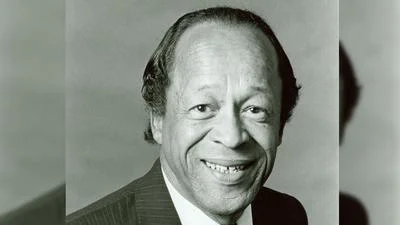Kellie Bartoli, public information officer for the Chicago Police Department. | @KellieBartoli/X
Kellie Bartoli, public information officer for the Chicago Police Department. | @KellieBartoli/X
On January 30, New York City Council approved a law, over the veto of Mayor Eric Adams, requiring police to fill out a form that must include the age, race and sex of any civilian they’ve interacted with. Chicago police have similar interview guidelines, said a spokesperson for the CPD, but only when conducting an “investigative stop,” where the person approached is suspected of a crime.
In his veto message of New York’s “How Many Stops Act," Adams, a former cop, said that the “bill will handcuff our police by drowning officers in unnecessary paperwork that will saddle taxpayers with tens of millions of dollars in additional NYPD overtime each year, while simultaneously taking officers away from policing our streets and engaging with the community.”
In Chicago, outside of an investigative stop where the civilian is detained, “there is not a specific form or list of questions when it comes to speaking with witnesses and or members of the public,” CPD spokesperson Kellie Bartoli told Chicago City Wire.
Under the investigative stop, Bartoli said that the suspect may be detained only for the length of time necessary to confirm or dispel the suspicion of criminal activity. Investigative stops are also allowed under loitering ordinances where gang or drug activity is suspected.
“Absent reasonable suspicion or probable cause, that person must be free to walk away at any time,” Bartoli wrote in an email. “An officer's ability to articulate that no factors existed that would make a reasonable person perceive they were not free to leave is important.”
Factors include an officer displaying a weapon or using a tone of voice that indicates complying with the officer’s request is compelled.
Heather Mac Donald, a contributing editor of City Journal, who frequently reports on crime, recently wrote that the rationale for the New York law is the council’s belief that the NYPD routinely harasses people of color, whether suspects or witnesses.
“Never mind that civilians in these newly red-taped investigatory stops are free to ignore the officer’s questions, preserve their anonymity, and walk away,” she wrote. “The council still sees a bigoted purpose in an officer’s reaching out to the public for help in solving crime.”
She adds that New York’s new law is nearly benign compared to what California requires for their police, under its Racial & Identity Profiling Act; it’s an eight page form with nearly 200 fields, including the officer’s and civilian’s sexual orientation, whenever an office makes a custodial stop, one where the civilian is not free to walk away.
“California’s Racial & Identity Profiling Act and New York City’s How Many Stops Act have nothing to do with public safety and everything to do with fealty to identity politics,” she writes. “Both are glaring examples of how profoundly Democratic elites misunderstand the challenges of maintaining law and order.”






 Alerts Sign-up
Alerts Sign-up